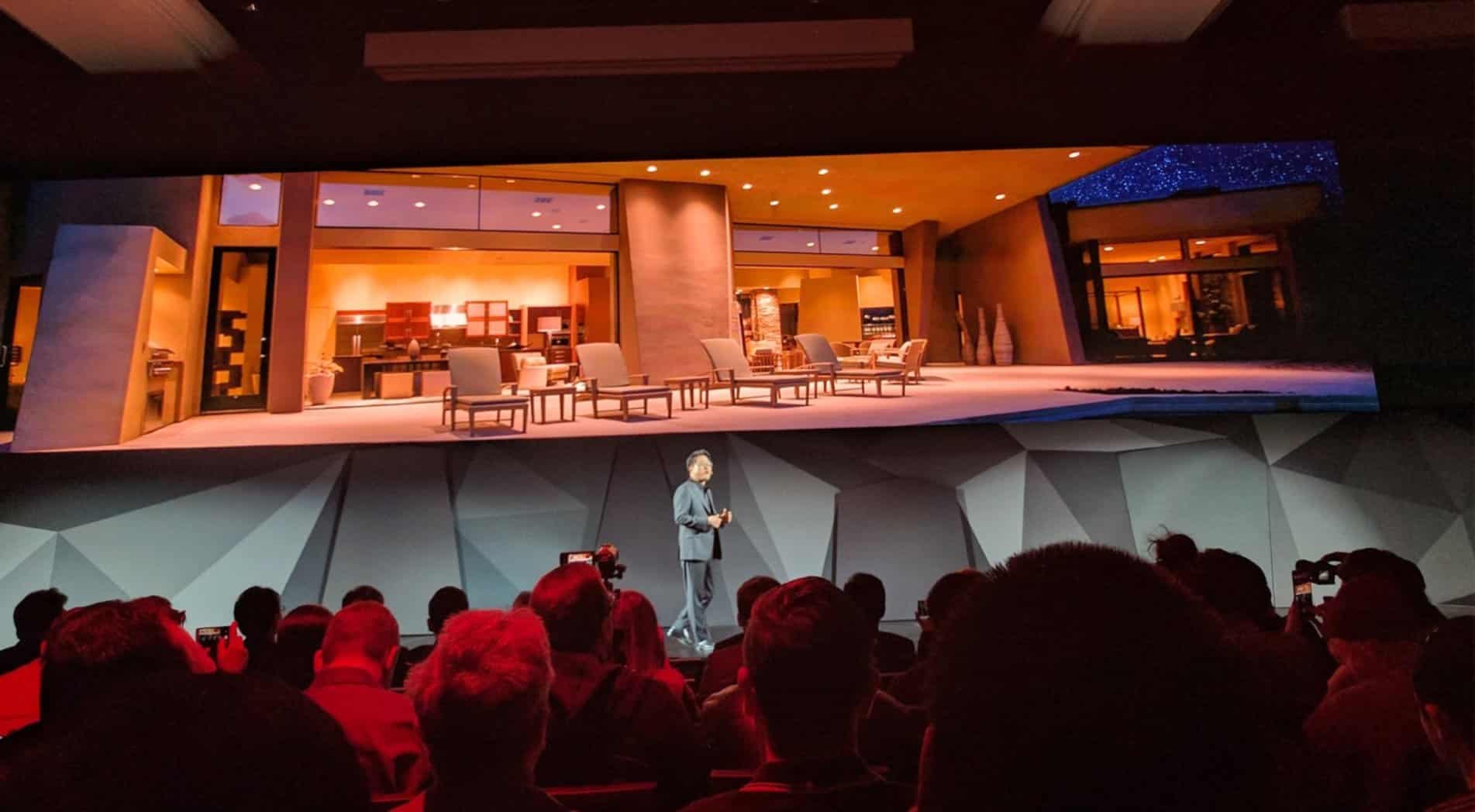3 Challenges Facing The Implementation Of The Smart Home
This guest post is by Neil Lakomiak, business development manager, UL Building and Life Safety Technologies. It has been lightly edited and reposted from the “Inside UL” blog by permission.
Connected-home devices are projected to grow at a compound annual rate of 67% over the next five years—much faster than the growth of smartphones or tablets—and hit 1.8 billion units shipped in 2019, according to a Xona Partners report. Through ubiquitous wireless services, connected-home system technologies now offer conveniences such as receiving notifications when a garage door has been left open or lawn sprinklers need turning off
Smart security systems provide peace of mind while at work or on vacation through remote monitoring. And new smart home energy systems are reducing gas and electric bills by adjusting temperature settings based upon whether people are in the home or not.
As disparate home systems—smoke alarms, fire alarm control panels, security equipment and intrusion detection systems, lighting controls, lawn sprinkler systems and smart appliances—are integrated and connected, the possible conveniences, cost savings and new services will multiply. In just one future scenario, homeowners will be able to control how much they spend on electricity by measuring usage from sensors embedded in light bulbs and appliances.
Despite the early adopter growth of smart home technologies, its widespread success hinges upon solving three challenges of interoperability, usability and cybersecurity.
Interoperability: With the large universe of devices and technologies potentially in a smart home, their true power is realized if they can share information and instructions with one another. There are dozens of interoperability protocols today, and no true open platform. Consortiums are forming to compete for the platform that can win in the marketplace. Building upon its handset mobile device testing service, UL has begun to establish basic interoperability tests and evaluate the emerging smart home platforms.
Usability: Consumer data indicates that if a smart home technology cannot be set up within 20 minutes than it will be returned to the retailer. While with medical products or commercial fire alarm and control systems there exists usability standards, the smart home industry has not agreed to a standard for usability due to the challenges of defining what is user friendly in a large integrated system and how should the different technologies operate together.
Cybersecurity: As home systems are integrated wirelessly, the dangers of hacking into home infrastructure will grow, potentially compromising safety, performance and reliability. Manufacturers can play a big role by building protections into their products. They should have their smart products tested and evaluated for any vulnerabilities. Expect to see public-private partnerships emerge to address this challenge.
Informed consumers buying smart home systems certified for interoperability, usability and cybersecurity can both limit their own frustrations with set up and usage but also protect the health and safety of occupants of their smart home. Meanwhile, manufacturers have an opportunity to get ahead of potential brand reputation damage by solving these challenges now.




